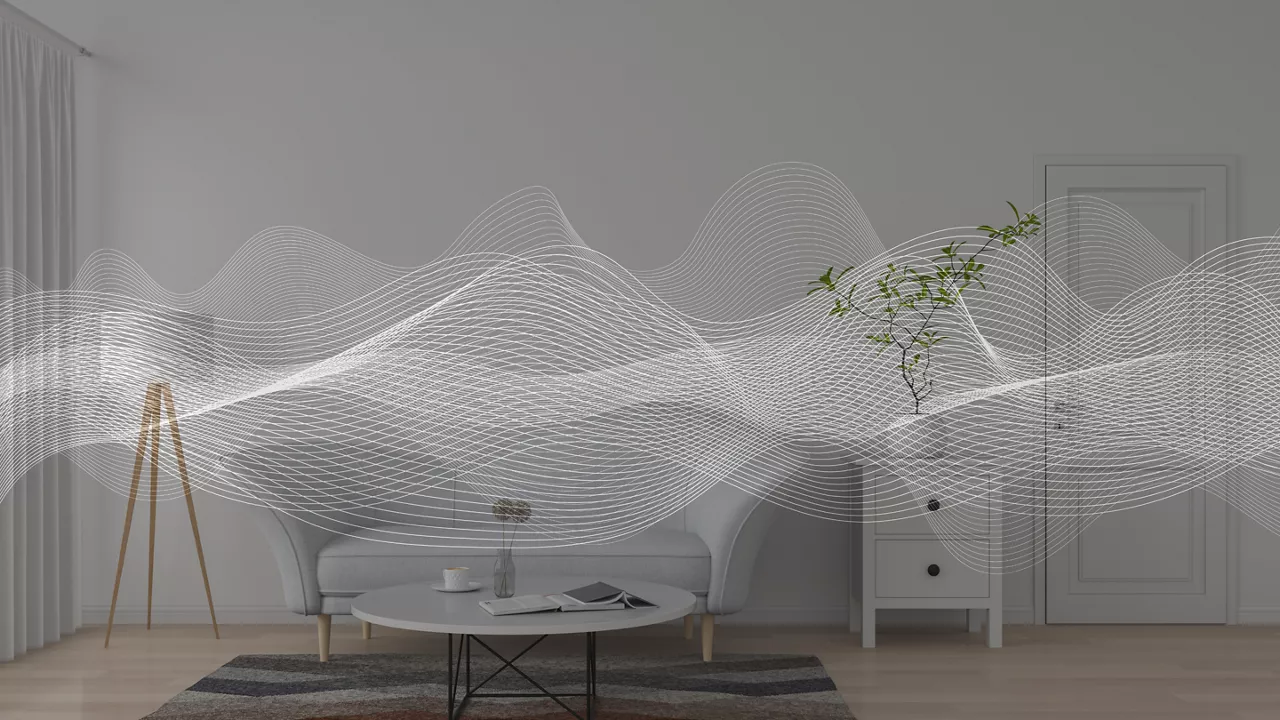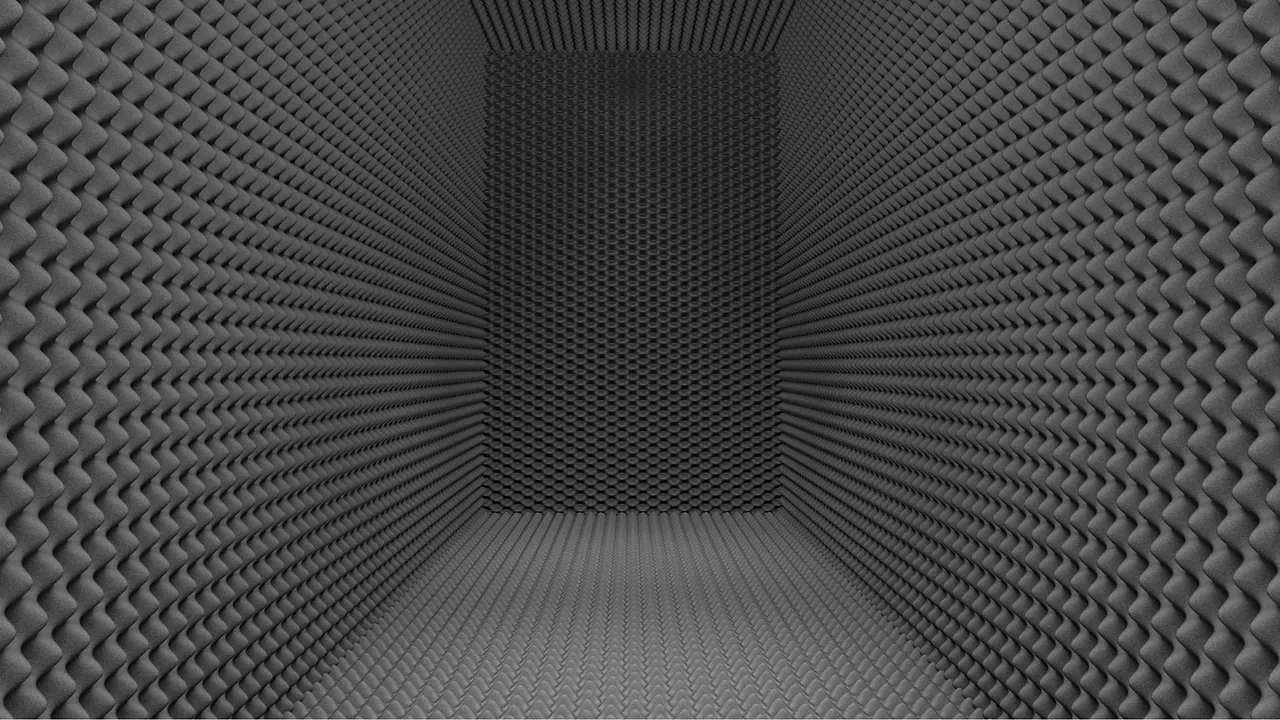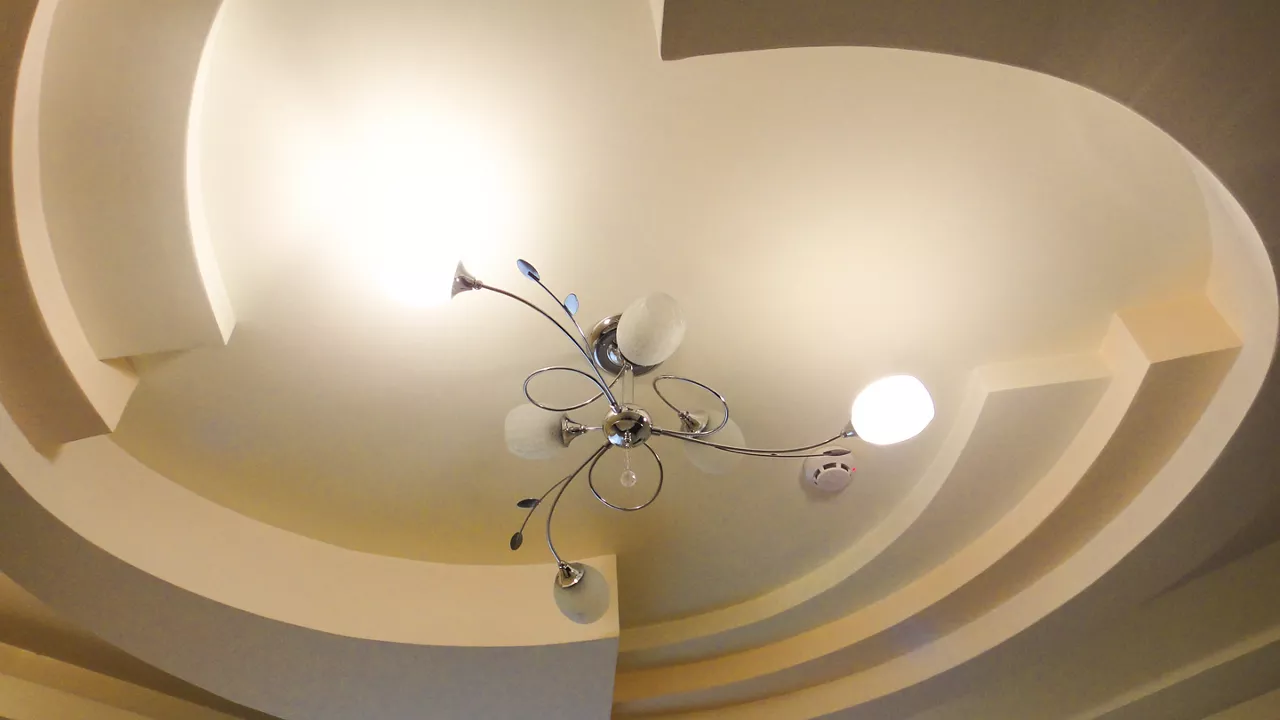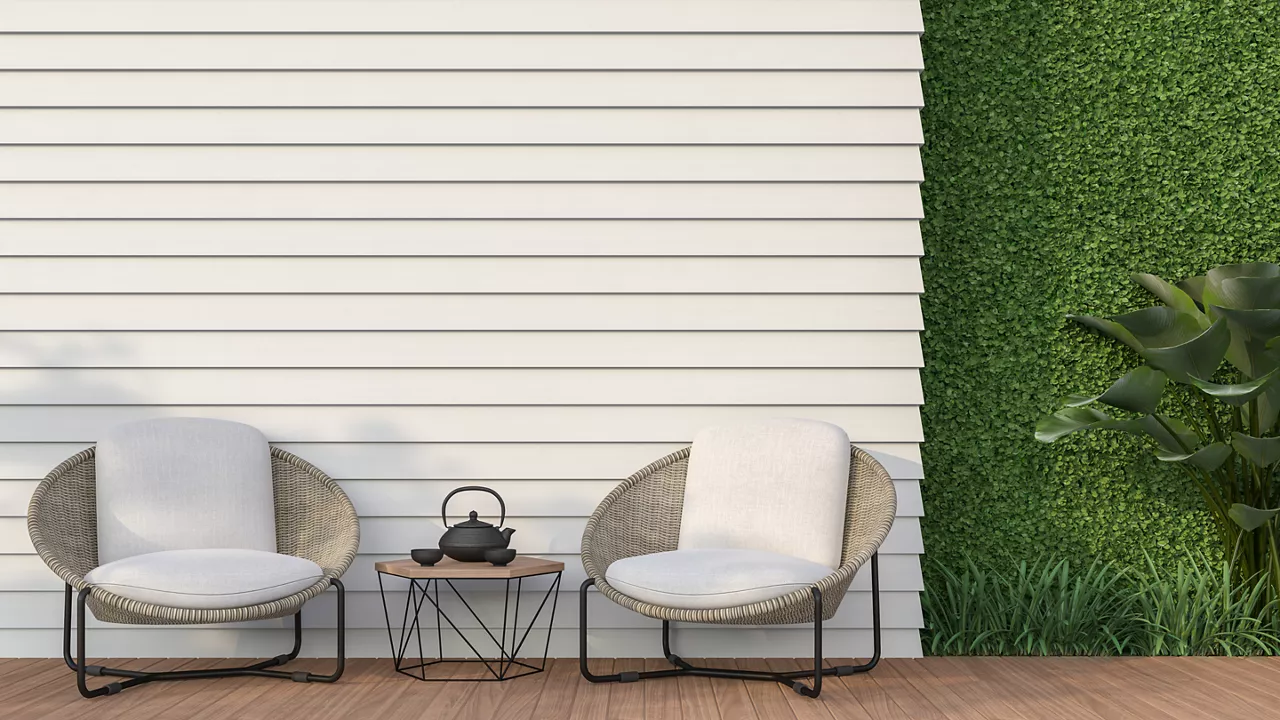
The familiar expression, 'Walls have ears', speaks to the human habit of eavesdropping. However, it is worth noting that the design of a structure impacts how noise travels through a space. As construction professionals, it is crucial to understand how acoustics work in a house and how they impact those who live in the space.
Acoustics are a part of the home aesthetic. It can make or break the environment of a structure. In this blog, we will discuss techniques professionals can implement while designing the structure to improve noise reduction.
Room Layout and Shape:
●Irregular Shapes: Designing rooms with irregular shapes can help diffuse sound waves by deterring them from bouncing back and forth in predictable patterns. Irregular shapes recede the formation of standing waves, which cause peaks and dips in sound intensity.
●Non-Parallel Walls: Non-parallel walls avert the phenomenon of flutter echoes, where sound waves bounce back and forth between two parallel surfaces. By angling walls or incorporating alcoves, designers can disrupt sound wave reflections and improve acoustics.
Building Materials:
●Acoustic Properties: Selecting building materials with high NRC (Noise Reduction Coefficients) ensures better sound absorption within a space. Materials like acoustic ceiling tiles, perforated panels, and sound-absorbing insulation help decrease reverberation and enhance speech clarity.
●Dense Constructions: Viscous materials like double-layered drywall or concrete block walls effectively block sound transmission between rooms, enhancing privacy and reducing noise disturbances.
Structural Design:
●Soundproofing Measures: Incorporating soundproofing techniques into the structural design minimises noise transmission among spaces. Techniques such as adding air gaps between walls, using resilient channels, or employing decoupling methods help isolate structural elements and prevent vibrations from travelling.
●Isolation of Spaces: Designing rooms with minimal physical connections, such as floating floors or staggered studs in walls, ensures sound vibrations are not easily transferred between rooms, maintaining acoustic privacy.

Doors and Windows:
●Solid-Core Doors: Solid-core doors with dense materials like wood or metal with tight-fitting seals reduce sound leakage between rooms, providing better sound isolation.
●Soundproof Windows: Double or triple-pane windows with laminated or acoustic glass effectively blocks external noise sources like traffic or neighbourhood activities, creating a quieter indoor environment.
HVAC System:
●Noise Reduction: Designing the HVAC system with noise reduction in mind involves selecting quiet equipment and incorporating sound-dampening features into ductwork and ventilation components.
●Air Distribution: Properly designed air distribution systems ensure even airflow without generating excessive noise, This maintains comfort levels while minimising acoustic disturbances.
Ceiling Design:
●Acoustic Treatments: Integrating acoustic ceiling clouds or baffles into the design helps absorb sound and reduce reverberation in large spaces like open-plan living areas or home theatres.
●Varied Heights: Designing ceilings with varied heights or irregular surfaces helps break up sound waves and prevent sound concentration, creating a more pleasant acoustic environment.

Room Functionality:
●Noise Segregation: Designating separate areas for high-noise activities, such as laundry rooms or media rooms, away from quiet zones like bedrooms or home offices, ensures minimal disruption to occupants.
●Sound Masking: Incorporating sound masking systems in areas where privacy is crucial, such as conference rooms or home offices, helps obscure speech and maintain confidentiality.
Landscaping and Exterior Design:
●Natural Buffers: Utilising landscaping features such as dense vegetation, trees, or fences along property boundaries acts as natural sound barriers, reducing the transmission of external noise into the house.
●Textured Surfaces: Designing exterior walls with textured surfaces or incorporating vegetation helps scatter and absorb sound waves before they reach the building envelope, enhancing acoustic comfort indoors.

By implementing thoughtful techniques and strategies, construction professionals can significantly improve noise reduction and enhance the overall quality of life for those residing within the space. By prioritising acoustics as an integral part of home design, professionals can enhance comfort and privacy along with productivity, concentration, and well-being.
Subscribe and stay updated!
Get all the updates on our latest articles and client stories. Subscribe now!



